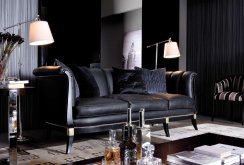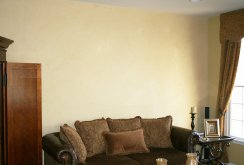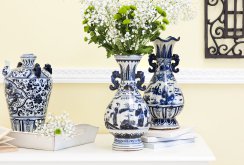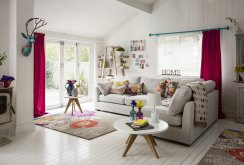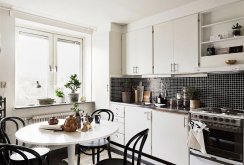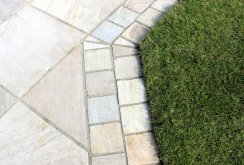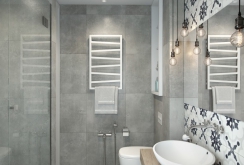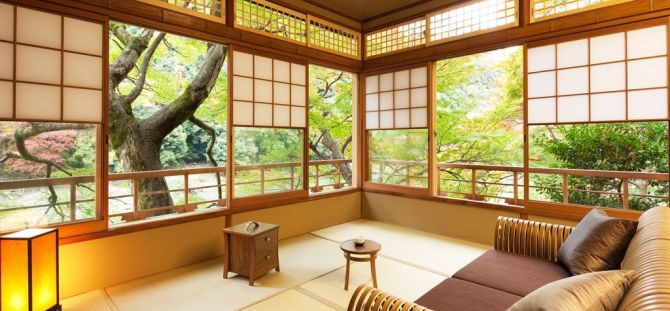 Japanese interior in a city apartment: a few secrets for beginners (105 photos)
Japanese interior in a city apartment: a few secrets for beginners (105 photos)
Those who do not like to clutter up the space with unnecessary furniture and welcome only the use of eco-materials in the design of the apartment will like the Japanese interior. This is not just a style that is characterized by the use of certain pieces of furniture and decorative materials, it is a whole philosophy.
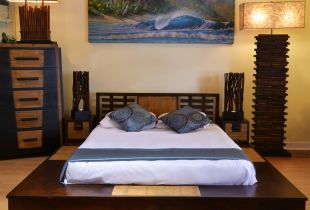 Japanese bedroom: at the heart of the whole tradition (21 photos)
Japanese bedroom: at the heart of the whole tradition (21 photos)
The bedroom in the Japanese style is permeated with traditions of the east and harmony. Color, light and geometry converge in such a room, making the atmosphere in it soothing and calm.
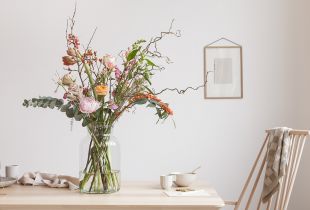 Ikebana in the decor of the interior - Japanese grace (35 photos)
Ikebana in the decor of the interior - Japanese grace (35 photos)
If a person wants to add a twist to his home interior, he should pay attention to Japanese ikebans. These stylish compositions are harmonious combinations of various colors and parts of other natural materials ....
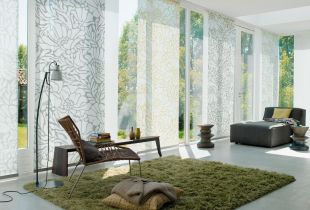 Japanese curtains (20 photos): design and zoning of rooms in the apartment
Japanese curtains (20 photos): design and zoning of rooms in the apartment
Japanese curtains as a new direction in the decoration of apartments and country houses. A variety of design decisions when choosing Japanese curtains. Examples of zoning rooms.
 Japanese-style interior: performance features
Japanese-style interior: performance features
Practical advice and theoretical basis for the formation of interior design in the style of Japanese minimalism.

 Japanese bedroom: at the heart of the whole tradition (21 photos)
Japanese bedroom: at the heart of the whole tradition (21 photos) Ikebana in the decor of the interior - Japanese grace (35 photos)
Ikebana in the decor of the interior - Japanese grace (35 photos) Japanese curtains (20 photos): design and zoning of rooms in the apartment
Japanese curtains (20 photos): design and zoning of rooms in the apartment Japanese-style interior: performance features
Japanese-style interior: performance features